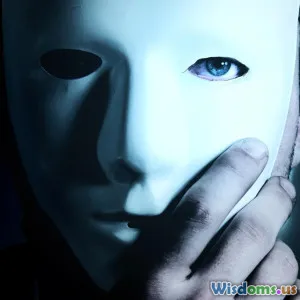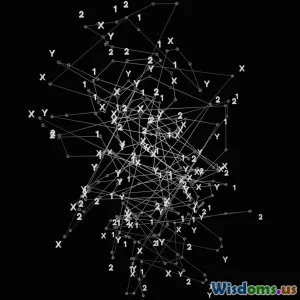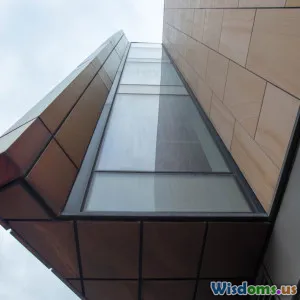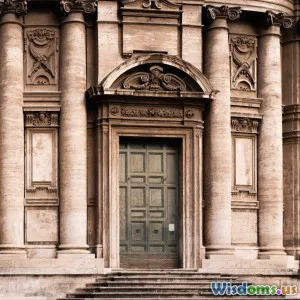
Inside The Power Plays Of Elite Secret Societies Today
14 min read Explore the modern influence and strategies of secret societies shaping global power dynamics today. (0 Reviews)
Inside The Power Plays Of Elite Secret Societies Today
What do whispered rumors, exclusive networks, and glittering banquets in centuries-old halls have in common? They’re all the stuff of legend—and reality—when it comes to modern-day secret societies. Far from mere relics of a myth-soaked past, today’s elite fraternities are power brokers quietly shaping high finance, technology, and even geopolitics. Let’s peel back the curtain to see how contemporary secret societies pull strings inconspicuously, but oh so effectively.
The Iron Web: Old World Societies in a New World
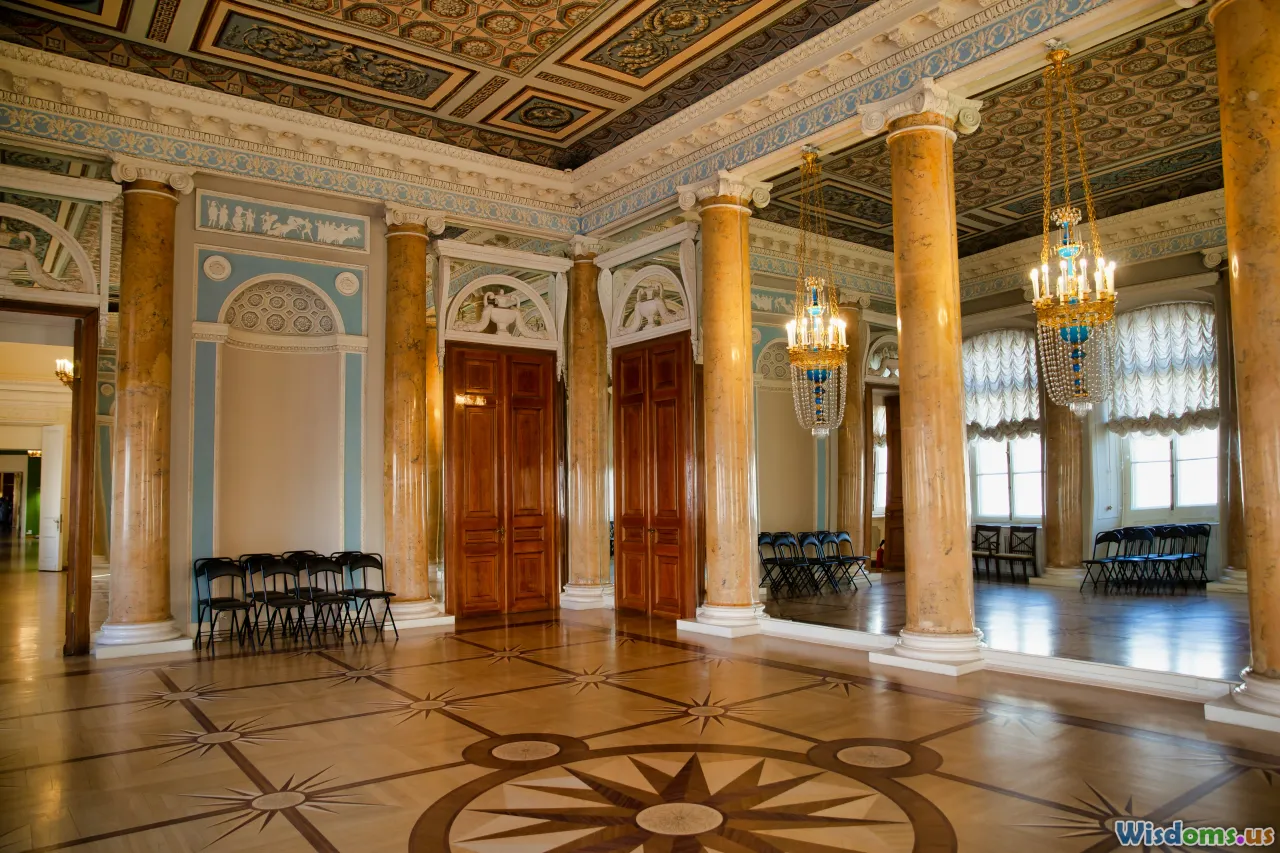
Enduring Institutions
Long-standing societies like the Freemasons and Skull & Bones are often dismissed as little more than social clubs today. But a closer look reveals these networks remain deeply entwined with global commerce and leadership. Members of Skull & Bones, for instance, count among their ranks multiple U.S. presidents, influential policymakers, and billionaires. Almost a third of CIA directors in the late 20th century had links or close ties to college societies, reinforcing their lasting role as leadership incubators.
Influence by Design
These organizations are governed by ritual. Seemingly quaint traditions—a tapping ceremony at Yale, obscure handshakes, loyalty oaths—once ridiculed as outdated actually foster lifelong trust and highly cohesive networks. These qualities act as force multipliers: when loyalty is built into the social code, members mobilize to help one another attain boardroom seats, political appointments, or unique investment opportunities.
Example: Society 322 Connections
When George H.W. Bush became president in 1988, journalists noted not just his Skull & Bones background, but see more subtle alliances at work. While George W. Bush campaigned, fellow Bonesmen held fundraising dinners on his behalf. Rumors confirmed by credible sources (see Alexandra Robbins’ Secrets of the Tomb) detailed clandestine career boosts orchestrated behind the scenes.
Shadowed Networks in Silicon Valley

The Rise of Tech Societies
In our digital era, secretive societies haven’t faded—they've simply evolved. Silicon Valley’s most exclusive circles, such as The PayPal Mafia, act as informal societies. From Elon Musk and Peter Thiel to Reid Hoffman, these networks engineer tech revolutions while shaping investments on a global scale.
Case Study: The PayPal Mafia
Nine original PayPal Mafia members have gone on to found, back, or run companies valued at over a billion dollars, including Tesla, LinkedIn, YouTube, and Palantir. But their advantages are subtle: informal WhatsApp groups coordinate investments, rapid information sharing allows outsize anticipation of market shifts, and invitations to private off-site retreats determine who’s “in” and who’s left behind.
Shadow Boards in Action
Stealthy think tanks like Google’s secretive “Alpha Team” explore fringe ideas and technology well before the public ever hears a whisper. Membership is strictly by invitation, with NDAs as the rule, not the exception. These micro-societies decide the future of things like AI safety, wide-area surveillance, or the next disruptive messaging platform, long before headlines catch up.
The Money behind the Curtain: Financial Societies and Global Strategy

The Bilderberg Group: Strategy and Suspicions
Founded in 1954, the annual Bilderberg Meeting convenes approximately 120-150 political leaders, royalty, business magnates, and academic thinkers. Officially, the gatherings are off-record policy forums; in reality, invitees have signaled massive economic shifts. For example, many recalled the subtle policy consensus on the euro’s implementation decades before it hit mainstream debate.
Behind Closed Doors: Facts vs. Fiction
Bilderberg’s secrecy stirs suspicion, but some concrete outcomes are undeniable. Major press outlets quietly preceded seismic shifts after the 2008 and 2012 meetings, such as signals about central bank stimuli and changes to international banking regulation. While not conspiratorial in the Bond-villain sense, the alumni’s influence runs deep: at least four former NATO Secretaries-General, many World Bank presidents, and multiple sitting monarchs have been regular attendees.
The Trilateral Commission and Council on Foreign Relations (CFR)
These organizations are sometimes seen as the “finishing schools” for future statesmen and financiers. What makes them so potent is their control of agenda setting. In 2019, as unrest roiled the Middle East, CFR briefings led the narrative for both media and policymakers. World leaders regularly turn to their private, policy-packed notes over public channels, shaping decisions that impact billions.
Cloaks in Culture: Fraternities, Initiation Rituals, and Social Capital

The Role of Rituals
Secrecy is often about more than controlling information — it sustains trust and elite cultural capital. At Ivy League universities, new members undergo elaborate rituals. At Cambridge’s Pitt Club or Yale’s Wolf’s Head Society, initiation binds future bankers, judges, and senators with a sense of separateness—and obligation.
The Hidden Curriculum
Research into these cult-like initiation ceremonies shows high emotional intensity boosts social bonding. Stronger internal loyalty equals trusted back channels for jobs, introductions, or sensitive deals. An example: In law or finance, members of societies like the Porcellian Club often secure interviews and client leads through encrypted, invitation-only alumni groups—a quieter version of LinkedIn, but robust and enduring.
Public Power, Private Playbooks
While most students or alumni emphasize community service, secret societies frequently serve as pipelines to think tanks, funding opportunities, and even federal clerkships. According to a 2022 report from the Ivy Collegiate Network, nearly 32% of U.S. Supreme Court clerks in the prior decade had societal or fraternity affiliations, well above their population share.
Digital Masks: Exclusive Networks on the Dark Web

Emerging Digital Orders
Secret societies are no longer just dusty anachronisms. Some of the world's most elite hacker collectives—think The Equation Group or “Cybersec Guild”—operate through multiple layers of anonymity. Membership often requires blind trust, private credentials, and stealth interaction—exactly as in classic fraternities.
Cyber Influence Operations
Through encrypted boards, clandestine auction servers, and mimetic viral campaigns, digital societies drive things like market flash crashes, digital currency speculation, and international ransomware negotiations. These groups rarely meet in person. Instead, they use digital handshakes: cryptographic signatures or challenge-response puzzles. Only those who can prove skills—and loyalty—ascend.
Real-World Echoes
The 2020 collapse of a prominent centralized crypto exchange was, according to post-mortem forensic reports, precipitated by insider groups exploiting trust and coordination in encrypted backchannels, highlighting how “virtual societies” can enact the same power plays as their brick-and-mortar forebears.
How To Read the Signs: Identifying Today’s Power Societies

Symbolism in Plain Sight
Elite societies often hide in the open, with cryptic lapel pins, cufflinks, or invitations. Spotting these requires attentive observation: At Davos, electric-blue ties or stylized seals signal membership in specific inner circles. Similarly, Harvard’s Fly Club is rumored to use engraved coin “tokens” for discreet recognition at events and formal gatherings.
Decoding Digital Behavior
Look for key indicators: sudden clusters of organizational moves (such as multiple high-profile resignations), opaque "hiring freezes" followed by silent executive appointments, or investments coalescing rapidly around startups with opaque boards. These usually signal coordinated maneuvers by influential networks.
Practical Tips
- Monitor Media Overlap: Watch niche business press or think tank attendance lists for frequent patterns of ‘repeat guests’.
- Watch Backchannels: Observing sudden shifts in who gets exclusive press interviews, or CEOs attending ‘private dinners’ not on their official schedules, often marks insider alignment.
Modern Power Tactics: What Makes Societies Successful Today?
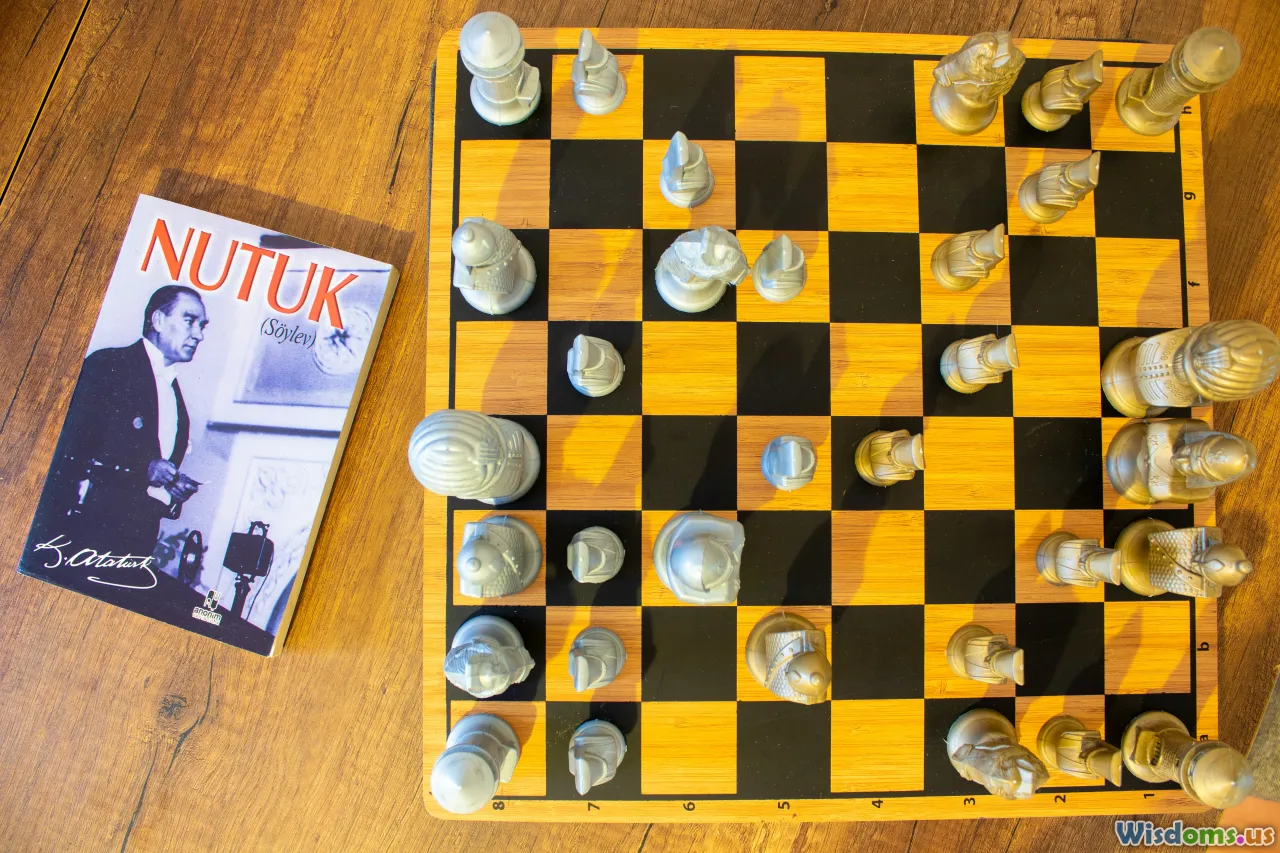
Adapting to Transparency
Recent leaks—think WikiLeaks or the Panama Papers—forced elite societies to act with greater digital hygiene and plausible deniability. Members now use “silent partnerships,” offshore entry points, and peer-to-peer communication (rather than legacy email) as shields.
Psychological Warfare and Social Proof
Modern elite influencers deploy subtler tactics. Rather than bribes or threats, power moves center on reputation management. A secret society’s whisper campaign can squash a rival's nomination by hinting at “character concerns,” or orchestrate surges in positive analyst reviews through planted stories in trusted “insider only” circles.
Example in Practice: Director Placement Playbook
A 2021 whistleblower report into multi-billion-dollar compensation packages at a Fortune 100 technology company revealed that four of the new outside directors hired that year were active in a single high-end social club. Within months, the company shifted into new strategic alliances—with one director’s personal network funneling $400 million worth of fresh VC funding and an insider with early knowledge able to trade ahead of the news.
Navigating the New Age of Influence

Secret societies aren’t just shadows in classical libraries—they’re pulsing networks toggling between private dinners and encrypted apps, deftly choreographing the world’s next chapters. For anyone aspiring to real influence or seeking to mitigate systemic risks, the lesson is clear: Understand the networks, their traditions, markers, and digital mutations, and you’ll comprehend where true power lies. The myths remain alluring because the reality is even more fascinating—and consequential—than most suspect.
Rate the Post
User Reviews
Popular Posts










